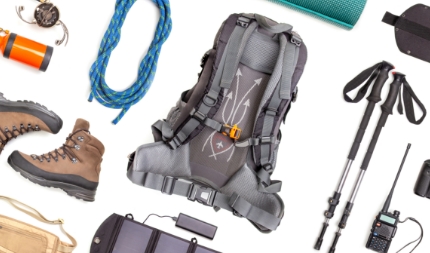Necessary equipments
Listed are the equipments necessary for climbing Mt. Fuji.
Check that everything is ready before departure. Since the weather is unpredicatble on Mt. Fuji, make absolutely sure to be fully equipped.
The minimum necessary gear rental plan is available at Willer Travel’s Mt. Fuji Climbing Tour. Do not miss the convenient and reasonable plan.
-
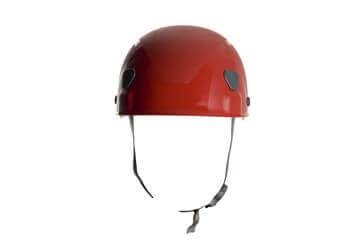
Helmet (free rental)
This is necessary to protect your head from falling rocks. There are also risks that other climbers may drop things from above, or that trees can come crashing down.
Willer provides super-light climbing helmets from the top brand, Montbell, to all tour participants free of charge.
The frontpiece of the helmet has an adjuster. This enables participants to get the right fit for their heads. Also good ventilation and airflow make comfortable to wear. -
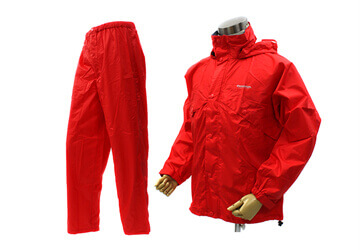
Rain gear (free rental)
Size ChartThe mountain weather changes easily, and protection against rain is very important. Depending on the wind’s influence, it can even feel like rain is coming from below. Prepare sufficient rain gear for both your top and bottom halves. Also, for the striking temperature difference between hiking time and break time, deal with protection from cold by layering clothing. This is not just for rain, but cold and winds. Think about what is appropriate to wear when there are chilly winds and when feel cold, and choose one a bit larger than usual.
-
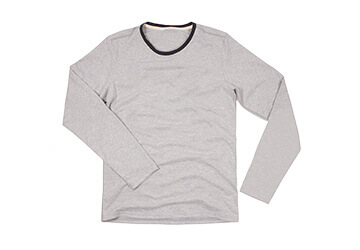
Underwear
- You will sweat on the hike. Bring an extra two pairs of underwear and two T-shirts just in case.
- Put them in plastic bag and put them in your rucksack to prevent them from getting soaked by the rain.
-
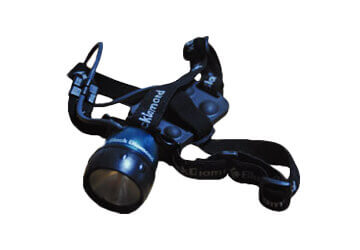
Headlamps
There are no streetlights on the mountain paths. It is extremely dangerous to be unable to see your footing during night climbs. Be sure to have one when hiking up the mountain at night.
-
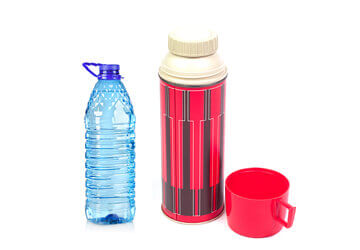
Canteens and plastic bottles
Bring a liter when starting the climb. Refills can be purchased from the mountain huts. Two or three liters for one climb (two days with an overnight stay) are required. Carrying it all in a rucksack is a heavy burden, so prepare the first liter and replenish it later. Dehydration leads to altitude sickness, so be careful.
-
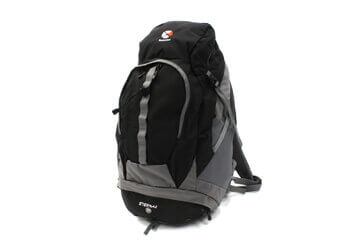
Rucksacks
- A vertical rucksack is recommendable. It is easy to bump into other climbers on narrow mountain trails with a horizontal rucksack, and harder to maintain balance. Please pay full attention.
- One with a waist belt or other types designed to reduce the burden are recommended to avoid weight concentrating on the shoulders.
- A capacity of 30-45 liters is enough for the climb.
-
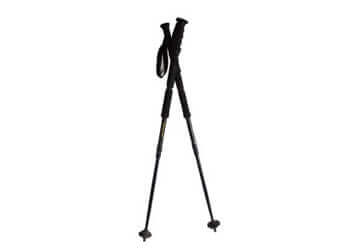
Stocks
Mainly, these are very useful for the descent down the mountain. Going down the mountain puts a lot of stress on the knees, which can be reduced by using stocks. On the other hand, they are not necessaryfor those who think them a heavy load to carry.
-

Anti-cold gear
There is about 20°C temperature difference between the base and the mountaintop. Average temperature in July are about 6°C in August, and hit close to 0°C before dawn. Being chilled can cause illnesses. Getting hard to move gradually and may cause injury. Layerd look is fully recommended for such an environment. Adjust clothes to maintain best body temprature by taking off and putting on clothes: not too hot to sweat during the climb and not too cold during the rest.
Bulky clothing, like ski wear, is unsuitable. The clothes, easy to be holded and layerd is the best. -
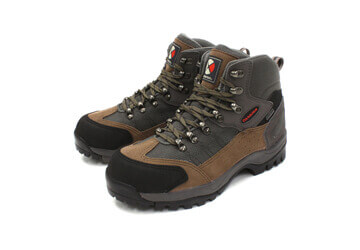
Climbing boots
Normal sports shoes are fine if they have anti-slip soles for rocky areas but high-cut light climbing boots which are tough and light are the most recommended. Avoid flip-flops and the like as pebbles may get in and cut feet.
-
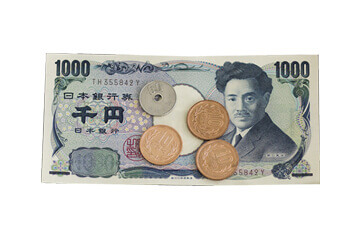
Coins/Cash
There are plenty of occasions to spend coins on the mountain, particularly 100-yen coins: when buying water, snacks, oxygen canisters and the like, as well as when using the pay toilets. Bring 2,000 yen of coins and also as much as 3,000 yen in bills.
The food sold at the mountain stations costs more due to shipping expenses up the mountain therefore extra cash may be needed. -
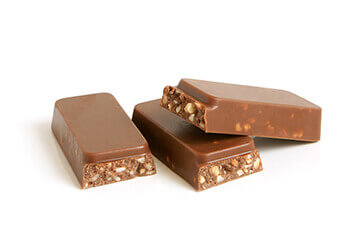
Food for activity
To prevent heatstroke and for safety climbing to the summit-Sports jelly drink for salt supplementation Chocolate and dried fruit for sugar supplementation. Taste better than usual at Mt. Fuji.
* Drinking water is not enough to fend off heatstroke. It is essential to also keep your sugar and salt intake in mind. Sports drinks are also effective.
* Be careful to not carry so much food that it becomes a heavy burden. -
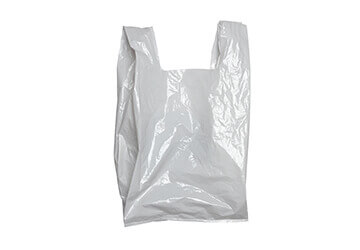
Garbage bags
Bring trash to the foot of the mountain with garbage bags.
-
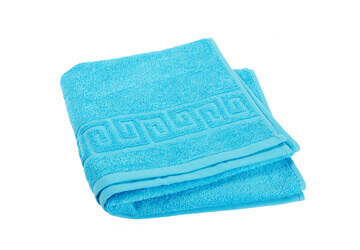
Towels
Wipe away sweat and dry your hands with a towel. At least 2 towels should be brought since they can be used in various ways such as to stop breeding from injuries.
-
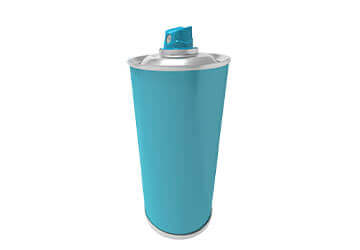
Oxygen
The higher the altitude, the less oxygen, which may cause altitude sickness. Oxygen canisters are sold at the mountain stations. However, they could be sold out. Preparing them beforehand is recommended.
-
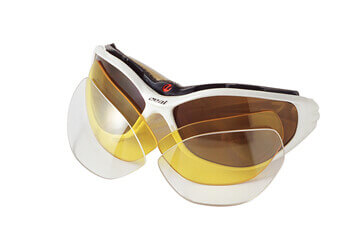
Sunblock & sunglasses
Take measures to avoid sunburns since UV rays are stronger on the mountain. Sunscreen and sunglasses are must items. Sunscreen will run off from sweat even after put on once. Put it on again frequently. Sunglasses are not just for blocking out blinding light, but also absorb the UV rays to prevent the darkening of corneas since melanin pigments make skin get a tan after corneas absorb the UV rays . Sunglasses that fully cover the eyes are recommended.
Do not bring any unnecessary things
eg: Extra clothes / Cosmetics / Tooth paste / Book / Too many beverages / Alcohol drinks *Drinking and bringing alcohol drinks inside the Tomoe-kan is strictly prohibited. Also, because alcohol may cause high-altitude sickness, we recommend our participants not to drink alcohol during climbing and descending the Mt. Fuji.
A gear rental plan is available
The minimum necessary gear rental plan is available at Willer Travel’s Mt. Fuji Climbing Tour. Do not miss the convenient and reasonable plan.
-

Climbing boots
Size Chart -

Rucksacks
-

Stocks
-

Headlamps
WILLER customers only
Enter the special coupon code and get 10% OFF for gear rental!
If you want to rent climbing equipment other than the gear included in the gear rental plan, please make a reservation through the Yamarent website below. You can pick up the gear at the rental shop on the day of the tour.
10% OFF coupon is available for WILLER customers. Please enter the coupon code when you check out.
Yamarent official website
Coupon code: willer
https://www.yamarent.com/en?language=en
Note:
- Please be sure to select "Kawaguchiko shop" as the receiving location. Kawaguchiko shop is the place we'll stop by on the way to the 5th station and pick up the gears.
- You can rent equipment on the day of the tour, but we recommend making a reservation in advance as there may not be the size you want available.
- Compasses, baby carriers, and chain spikes are not available for rental at the Kawaguchiko shop.
- There are items that are not eligible for the coupon.
- For inquiries regarding the additional rental gear, please contact the shop directly.

